Treatment
Surgery: If you are pre-menopausal, you must try to have your operation in the second part of your cycle not the first, for then progesterone, not oestrogen dominates. Two studies from Guys have shown significant long-term survival benefits.
You may have a lumpectomy, or a full breast mastectomy. (You may be advised to have chemotherapy prior to surgery to reduce the size of the tumour and increase your chances of a lumpectomy rather than full-blown breast removal). If you have lymph node removal you should find out about lymphatic drainage, which may help you in the longer term.
Reconstructive surgery may then be proposed and effected at the same time, although US research suggests waiting.
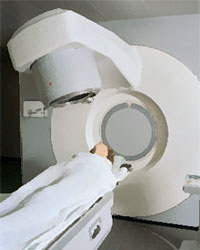
Radiotherapy is most commonly used after surgery to kill off any localised and remaining cancer cells. It may also be used on the lymph glands under the armpit if they were infected. We have a good article on how to maximise the effectiveness of your radiotherapy. (Look under Treatments radiotherapy.) You should continue to take all anti-oxidants and supplements during this time. We also have reports from MD Anderson and UCLA that they increase the effectiveness of Radiotherapy.
Although dosage is much more targeted, you should be clear that radiotherapy to the chest region could cause problems with the lung and heart tissue. In the past these were quite common and could be pronounced with up to 20 per cent of lung tissue damaged. Modern techniques have reduced this.
Chemotherapy:The actual programme of chemotherapy depends totally upon the individual (age, health etc) and the state of the cancer. Several drugs may be suggested at the very outset, before a very specific plan is drawn up. You can find a clear analysis of what diet you should be on to maximise its effectiveness. For information on your Cancer Drugs and chemotherapy click here.
Be clear. The purpose of the drugs is to try to kill any remaining cancer cells and especially to try to PREVENT a recurrence in the other breast or spread to secondary organs like the liver (Vitamin K has been shown in Japanese and US research to reduce the dangers to the liver).
The two standard therapies that are most commonly talked about are:
1 Tamoxifen (for five years) followed by three years of an Aromatase Inhibitor (e.g. Arimidex).
CRUK has opined that by the end of the 8 years your cancer will have gone away. (We think it may, but only if you have altered the factors that gave it to you in the first place). Tamoxifen aims to sit on, and therefore block, cellular receptor sites that in breast cancers are attacked by oestradiol. Blocked sites means no attack is the theory.
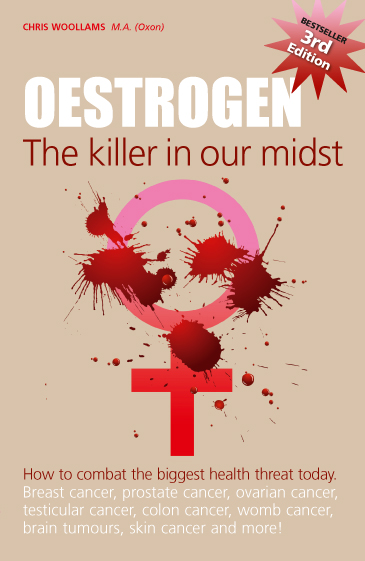 ’Did you know that this cancer can be driven by oestrogen. Find out how you can control your oestrogen levels, naturally’. CLICK HERE.
’Did you know that this cancer can be driven by oestrogen. Find out how you can control your oestrogen levels, naturally’. CLICK HERE.
Since over 20,000 women in the UK are currently taking Tamoxifen, we thought it wise to say a few words here about this drug:
Tamoxifen: When told the possible side effects less than 1 in 5 US women want to take the drug  When told the side effects less than 20% of women want to take Tamoxifen
When told the side effects less than 20% of women want to take Tamoxifen (Cancer 2005: 103; 1996-2005). For example: Recent research by CRUK on cancer of the womb, which has risen by 30 per cent in a decade and is now twice as common as cervical cancer, implicates a number of factors like being overweight, not having had children and Tamoxifen usage. Dr Bushnell of Dukes, USA reviewed 9 studies on Tamoxifen and concluded that it more than doubles a womans risk of ischemic stroke.
(Cancer 2005: 103; 1996-2005). For example: Recent research by CRUK on cancer of the womb, which has risen by 30 per cent in a decade and is now twice as common as cervical cancer, implicates a number of factors like being overweight, not having had children and Tamoxifen usage. Dr Bushnell of Dukes, USA reviewed 9 studies on Tamoxifen and concluded that it more than doubles a womans risk of ischemic stroke.
Research results carried in icon (Vol 3 Issue 4) from the University of North Carolina showed that it had a minor effect (6-8 per cent) in breast cancer prevention in women with no cancer but at higher risk; however the conclusion was that side-effect risks outweighed the benefits..
US research has shown clearly that the use of natural vitamin E in its total 8 forms reduces the need for Tamoxifen doseage by 25 per cent as it increases its effectiveness.
It is however the first line drug, the Gold Standard, in oestrogen-driven Breast cancer and blocks sites on cells that oestradiol would normally bind to, and then cause havoc inside the cell. Recent US research shows that its effects continue for 5 years after the last dose. Normally prescribed for 5 years, followed by an Aromatase Inhibitor for three years, many of the makers of these latter drugs are questioning why the patient is not moved more quickly from Tamoxifen to their drug. But then they would, wouldnt they? There has already been a study (American Soc. Clin. Onc) which suggests better long-term survival results if women come off Tamoxifen and go onto the Aromatase Inhibitor Exemestane earlier.
2. Herceptin. Lets be clear about 20 per cent of women are HER-2 positive and this drug will work well for about half of them. Yes, and it does cost 20,000 pounds per year. A recent trial (Lancet 2006) confirms that Herceptin offers benefit with early stage breast cancer patients too. Ask whether the combination of drugs proposed for your chemotherapy have been through clinical trials
Ask whether the combination of drugs proposed for your chemotherapy have been through clinical trials
The side effects of any chemotherapy are very individual, not insignificant and depend upon your condition and the drug. You should also ask whether the combination you are on has actually been through clinical trials. Sometimes only the individual drugs have been.
Treatment for anaemia: Managing and counteracting anaemia can reduce death from anaemia by 50 per cent. Research published by the Cochrane Collaboration showed that epoetins (alfa and beta epoetin) show significant survival benefits. Particularly striking were the results for patients with solid tumours (Breast, lung, colon) where risk of death decreased by 51 per cent). In a second study (European Soc. For Medical Oncology- 31st Oct 2005) epotin beta was shown to reduce risk of tumour progression in patients with anaemia.
 Treatment for fatigue: icon has run several pieces on fatigue. A qualified naturopath will be able to suggest dietary changes to boost energy levels. Qualified homeopaths may be able to suggest ways to counter fatigue. Energy therapists (e.g. acupuncture, cranial osteopaths, Reiki Masters) may well be able to help. Italian research showed a lack of acetyl-carnitine which supplementation could correct. UCLA scientist report that a series of genetic markers become blocked either due to the cancer or due to the chemotherapy treatment. The California team note promising results with Etanercept. Apparently 30 per cent of women who have had chemo for breast cancer have long-term fatigue, even after the cancer has gone. This may well be true for other cancers.
Treatment for fatigue: icon has run several pieces on fatigue. A qualified naturopath will be able to suggest dietary changes to boost energy levels. Qualified homeopaths may be able to suggest ways to counter fatigue. Energy therapists (e.g. acupuncture, cranial osteopaths, Reiki Masters) may well be able to help. Italian research showed a lack of acetyl-carnitine which supplementation could correct. UCLA scientist report that a series of genetic markers become blocked either due to the cancer or due to the chemotherapy treatment. The California team note promising results with Etanercept. Apparently 30 per cent of women who have had chemo for breast cancer have long-term fatigue, even after the cancer has gone. This may well be true for other cancers.
 Click here and read our article "What is Cancer"
Click here and read our article "What is Cancer"
Other useful tips and therapies.
Professor Howell, of Christie Manchester and one of our Patrons, at our Cancer Prevention Conference told the audience all about the new drugs designed to prevent the return of your breast cancer. Well, good diet, exercise, mental therapies and much more are available for you to start as soon as you wish all with the very same aim: Preventing this cancer returning. And they can be extremely successful.
Professor Ben Pfeifer has clinical trials on his Diet Therapy. Originally developed from Prostate cancer it has proved so successful they are extending it to Breast cancer treatment. You may be interested in the Gerson Therapy, or the clinical trials of Dr Gonzalez in New York both are diet based. You can read about Jane Plant who beat her breast cancer by developing her own diet therapy and avoiding dairy completely.
 Living Proofs - where women who beat breast cancer tell their stories
Living Proofs - where women who beat breast cancer tell their stories You can also go to our Living Proofs where women who beat their breast cancer tell their own personal and very individual stories you might find some useful tips and insights. You might also want to know about Phytoestrogens and their relationship to oestrogen. Try reading Pillar II of our 4 Pillars of cancer (you might find it worth reading them all).
You can also go to our Living Proofs where women who beat their breast cancer tell their own personal and very individual stories you might find some useful tips and insights. You might also want to know about Phytoestrogens and their relationship to oestrogen. Try reading Pillar II of our 4 Pillars of cancer (you might find it worth reading them all).
The most aggressive oestrogen is oestradiol, which can increase sodium levels and reduce potassium and oxygen levels inside the cell, causing havoc. Oestrone is its less aggressive sister (about 40 times less potent) and plant oestrogens called phytoestrogens are even weaker still. Many people argue that the lowered rates of breast cancers in Asia are due to large levels of circulating plant oestrogens well which one would you rather have sitting on your breast cancer receptor site? The best sources of plant oestrogens come from greens and pulses (like chickpeas, kidney beans and soy) and red clover. The British Journal of Cancer (2006) reports on the benefits of one such phytoestrogen, genistein. Apparently it can increase the repair proteins in a cell even those in short supply due to the presence of BRCA 1 and BRCA 2. Some people prefer to go this route than take Tamoxifen.
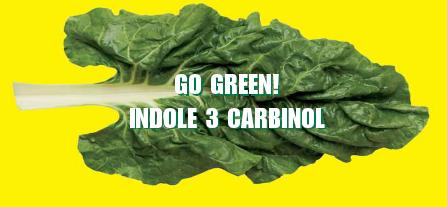 Other foods can make a difference. For example, polyphenols: Like those in Green tea and olive oil, and Indole 3 carbinol (broccoli, greens) have been shown in research to turn nasty oestradiol into its safer sister oestrone. The same study above on Genistein, showed that Indole 3 Carbinol can also increase repair protein levels in cells. Sulforaphane, also in broccoli and brussel sprouts, can inhibit the development of breast cancer cells. US Dr Keith Singletary and his team claim it works as well as the chemotherapy drugs, by causing the release of certain cancer killing enzymes. Our book, The Tree of Life the Anti-cancer Diet, will tell you much more, and even give you a shopping list and recipes.
Other foods can make a difference. For example, polyphenols: Like those in Green tea and olive oil, and Indole 3 carbinol (broccoli, greens) have been shown in research to turn nasty oestradiol into its safer sister oestrone. The same study above on Genistein, showed that Indole 3 Carbinol can also increase repair protein levels in cells. Sulforaphane, also in broccoli and brussel sprouts, can inhibit the development of breast cancer cells. US Dr Keith Singletary and his team claim it works as well as the chemotherapy drugs, by causing the release of certain cancer killing enzymes. Our book, The Tree of Life the Anti-cancer Diet, will tell you much more, and even give you a shopping list and recipes.
If you are looking for supplements click on the tab at the top of the page and go to the Natural Selection shop where they have selected the best of the best and you can buy with confidence.
Recently there has been an enormous flury of research on the role of beneficial bacteria in our bodies. You really should read our article on the subject, and the links to cancer. Over 4000 research studies and 100 clinical trials have shown that Beneficial Bacteria in the gut:
-
stimulate and strengthen the immune system
-
help produce certain cancer fighting vitamins like B-12, folic acid and vitamin K
-
help produce short chain fatty acids which reduce harmful fat production (like chlorestrol)
-
can actually chelate to (bind to) heavy metals and help excrete them
-
can actually neutralise and eliminate harmful chemicals like oestrogen and nitrosamines
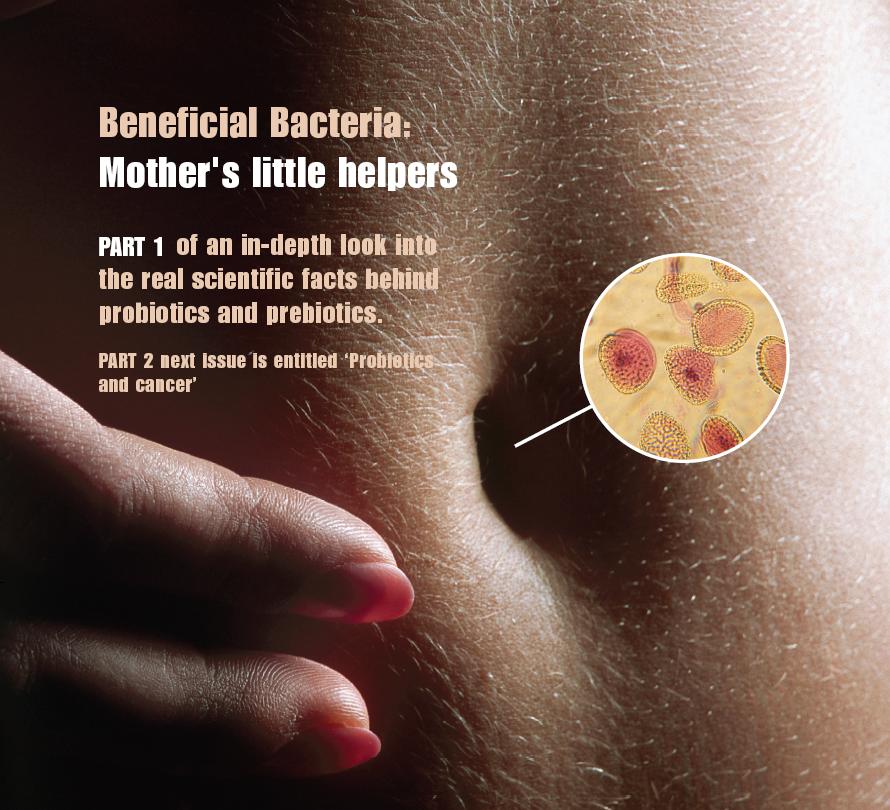 There are over 800 strains of bacteria in the gut about 400 have been identified and a dozen or so seem, according to the research so far, to have the greatest impact on our health. 60 or more years ago we would consume daily supplies of a number of strains but we no longer live on farms nor drink raw milk and, , instead, we chlorinate our water, fill our chickens with antibiotics, irradiate our food and pasteurise everything. Worse we take drugs, antibiotics and anaesthetics which deplete our stores further.
There are over 800 strains of bacteria in the gut about 400 have been identified and a dozen or so seem, according to the research so far, to have the greatest impact on our health. 60 or more years ago we would consume daily supplies of a number of strains but we no longer live on farms nor drink raw milk and, , instead, we chlorinate our water, fill our chickens with antibiotics, irradiate our food and pasteurise everything. Worse we take drugs, antibiotics and anaesthetics which deplete our stores further.
There is another school of thought that explains that these Beneficial Bacteria at night feed off the yeasts, microbes and non-beneficial bacteria we accidentally consumed during the day. Yeast infection is now endemic. It is estimated that 70 per cent of the population has excess yeasts signs in men include bloating after meals, yellow toe nails and athletes foot;in women its thrush, cystitis, bad breath and/or bloating and problems trying to lose weight! Try reading Can Candida cause cancer?
Consider this quote: Cancer patients undergoing chemotherapy did not ultimately succumb to cancer, but to an infestation of Candida albicans. That comes from the 1993 Spring edition of the prestigious US medical journal Contemporary Oncology. Topping up with probiotics (strains of beneficial bacteria shown in clinical trials to deliver a benefit) and following a prebiotic based diet lots of whole foods and whole grains with no sugar, dairy or alcohol and certain yeast killers will help defeat the Candida albicans. Its all in the article. The recent finding that women who take more than 25 lots of antibiotics in their lifetimes have twice the risk of breast cancer, is just one more factor pointing the finger at yeast infection and a lack of enough beneficial bacteria in the body.
Several US studies (Seattle, Integrative Cancer Therapies, Philadelphia Uni.) have all shown the importance of exercise and complementary therapies. Moderate daily exercise can reduce mortality  US studies show that exercise and complementary therapies are important
US studies show that exercise and complementary therapies are important rates by 50 per cent according to this research. If you want to know more about complementary therapies start with our kiddies guide prepared for us by the London Breast Cancer Haven.
rates by 50 per cent according to this research. If you want to know more about complementary therapies start with our kiddies guide prepared for us by the London Breast Cancer Haven.
According to the American Medical Association, women who take more than 7 aspirin tablets a week reduce their breast cancer risk by 29 per cent. Many solid cancers involve prior inflammation. Aloe Vera would also provide salicylin plus other anti-inflammatories. Since the work by Sir John Vane on localized inflammatory hormones called eicosanoids, we now know garlic, ginger and long-chain omega 3 (fish oils) can reduce inflammation too.
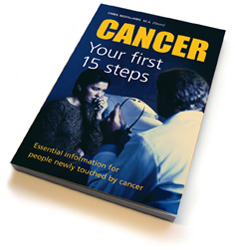 If you are not sure where to start try reading our summary Cancer your first 15 steps. We even have a helpful book by the same name. Both allow you to start planning your integrated or holistic therapy programme.
If you are not sure where to start try reading our summary Cancer your first 15 steps. We even have a helpful book by the same name. Both allow you to start planning your integrated or holistic therapy programme.